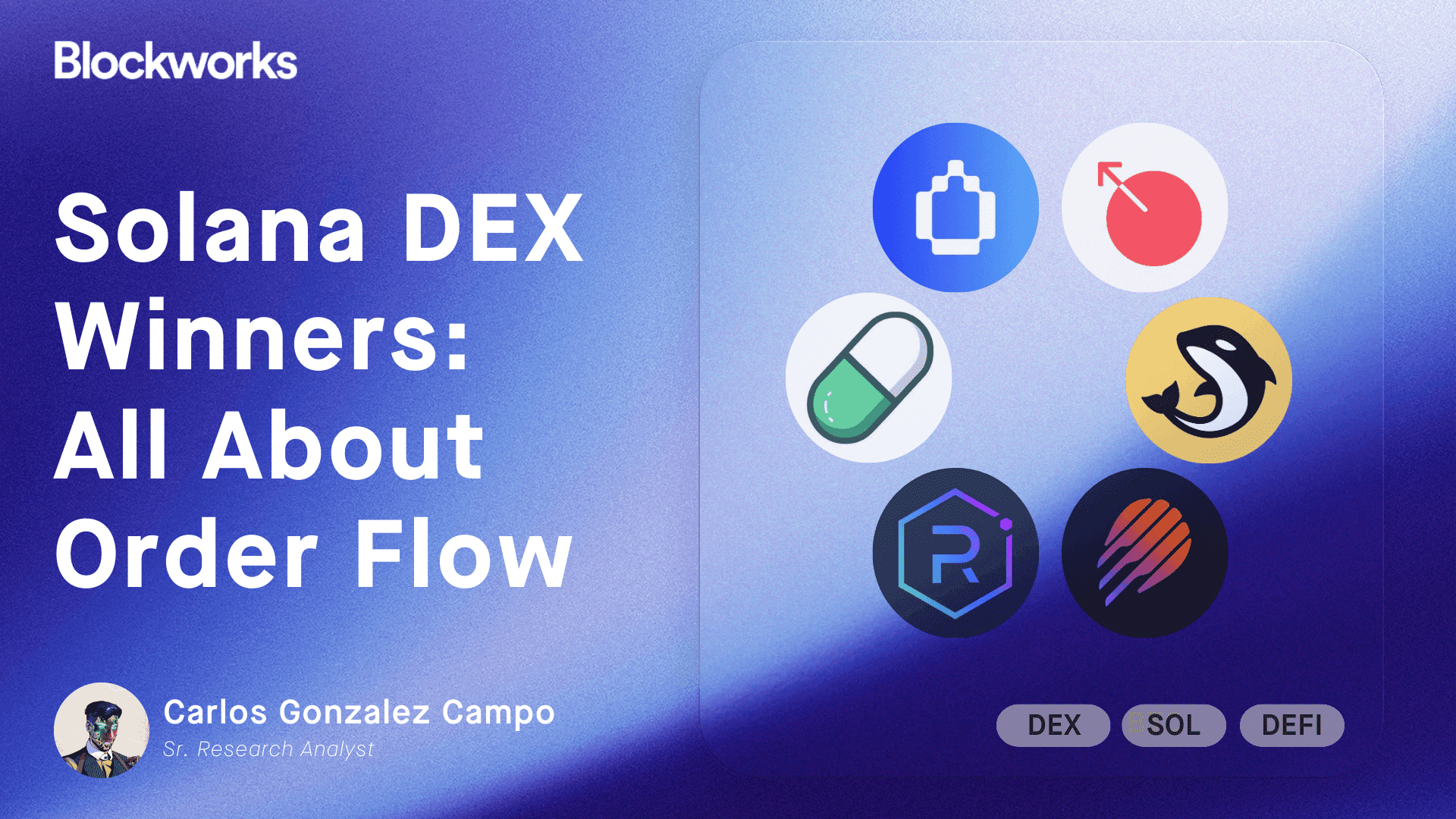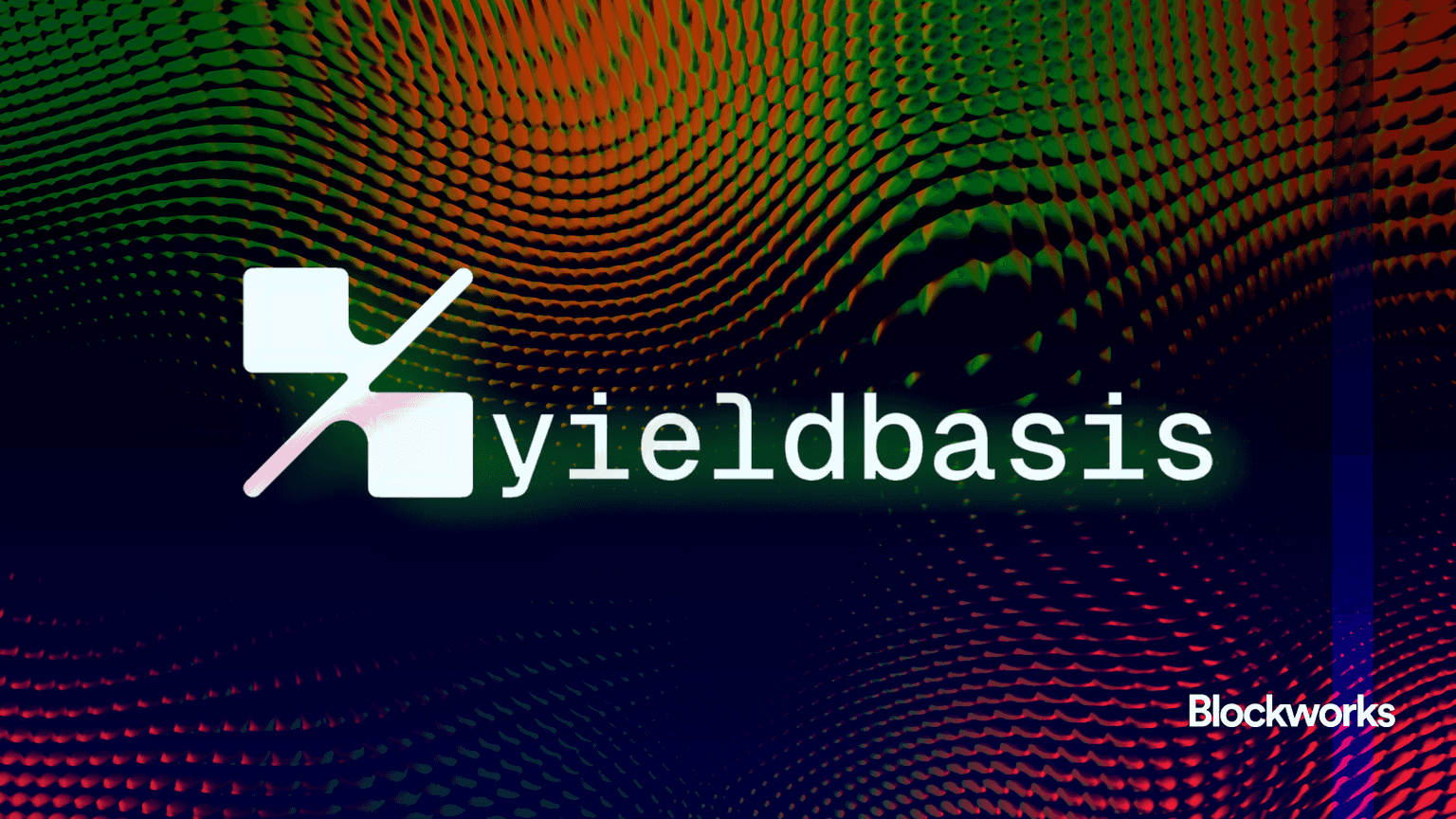Ripple could still nail this magic blockchain recipe
A few special ingredients go into creating a thriving blockchain ecosystem

Jievani/Shutterstock modified by Blockworks
This is a segment from the Empire newsletter. To read full editions, subscribe.
If a thriving blockchain ecosystem were a recipe, the ingredients would go something like this:
- One consensus mechanism
- Four DeFi apps*
- A driven founder/figurehead
- One native stablecoin (at least)
- Two legal entities (dev studio and foundation)
- One token bridge (minimum)
- Three terminally online reply guys
The secret ingredient would be one or more of the following: funding rounds, mid-cap memecoins, NFT collections, active VC funds and third-party validator clients.
*Minimum required DeFi apps: DEX w/ token launchpads, lending/collateralized debt, liquid staking, oracle
So, while there are now hundreds of smart contract platforms with halfway decent market capitalizations, not all are buzzing to quite the same degree as the majors — Ethereum, Solana and BNB.
Case in point: XRPL, which has all but $63 million TVL in its onchain apps. Ripple Labs is right now working hard on finishing its own recipe, more than 12 years after its launch.
Starting easy, XRPL does have the consensus mechanism, albeit without the usual staking or mining, instead relying on trusted validators. And it already has a few token bridges.
There are also two legal entities: the San Francisco-headquartered Ripple Labs and the Estonian non-profit XRP Ledger Foundation, which was recently rebranded to the Inclusive Financial Technology Foundation.
Ripple Labs CEO Brad Garlinghouse obviously ticks the box for driven founder-slash-figurehead.
As for the reply guys, David Schwartz, Ripple Labs’ long-serving CTO, has built a following on solid reply guy energy (check).
And anyone who has ever tweeted anything remotely critique-adjacent has likely been visited by the XRP Army — which together truly harnesses the power of much more than just two reply guys (check check).
That leaves the four DeFi apps and a native stablecoin.
XRPL currently has four DeFi apps with 100 unique active wallets interacting with them daily right now — but three of them are DEXs and one is an NFT marketplace. As of last month, it does have a native oracle, which should help to attract builders.
And conveniently, XRPL is the exception to the rule (with no direct staking XRP as part of consensus), so it can do without the liquid staking app in any case.
The only ingredients then left are a bustling lending protocol and a native stablecoin.
Luckily, a stablecoin is very much on the way: Ripple USD (RLUSD), which the New York State Department of Financial Services just approved for offering.
It’ll be structured similarly to Circle’s USDT and Tether’s USDT, backed by cash and equivalents (mostly short-dated US Treasurys).
With XRPL so close to acquiring all the necessary ingredients to really pop, it’s no surprise then that DeFi veteran Robert Leshner is now open to backing projects building out the Ripple ecosystem via his fund (VC bonus point get!).
The pièce de résistance for XRPL would then be a roster of its own mid-cap memecoins, as is traditional fare.
Like it or not, those are cooking too, although the biggest of which is an XRP Army-themed coin with a $45 million market cap (still too small).
The bright side: Only $15 million in tokens were traded on XRPL in the past day. Should RLUSD find decent traction, watch that number only go up from here to fully round out the recipe.
Bellisimo!
Get the news in your inbox. Explore Blockworks newsletters:
- The Breakdown: Decoding crypto and the markets. Daily.
- 0xResearch: Alpha in your inbox. Think like an analyst.






